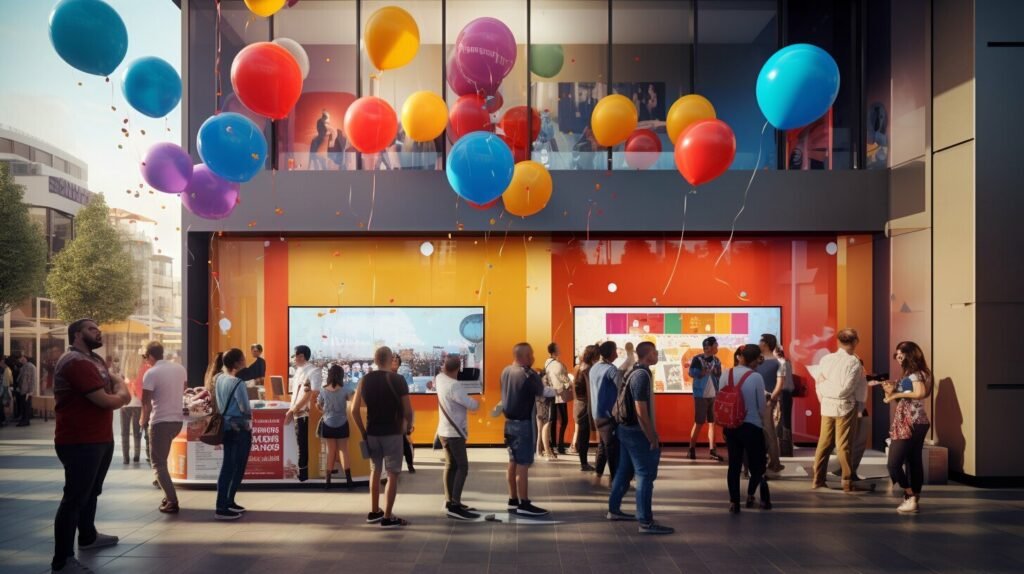As the retail industry becomes increasingly competitive, brands are searching for new ways to stand out from the crowd. One effective strategy is to leverage retail activations, which are events and experiences designed to engage customers and boost brand visibility. By creating memorable and immersive experiences, retail activations can help brands foster deeper connections with their target audience and drive business growth.
Retail activations come in many forms, from in-store activations to pop-up shops and product launches. These activations can take place in a variety of settings, such as shopping malls, public spaces, and even online. By offering unique and exciting experiences, retail activations can help brands create a buzz around their products and build a loyal customer base.
Key Takeaways:
- Retail activations can help brands stand out in a competitive retail landscape.
- These activations come in many forms, including in-store experiences, pop-up shops, and product launches.
- Retail activations can take place in a variety of settings, from shopping malls to public spaces.
- By creating immersive experiences, retail activations can foster deeper connections with target audiences and drive business growth.
Understanding Retail Activations
Retail activations are a form of experiential marketing that aims to create memorable, interactive experiences for customers, rather than relying solely on traditional advertising to promote a product or service. Unlike traditional marketing approaches, retail activations seek to engage customers by immersing them in the brand’s experience. Retail activations come in many forms, including events, in-store experiences, and pop-up stores.
Through retail activations, retail brands can create buzz, generate excitement, and ultimately drive customer engagement and sales. By creating a memorable experience for customers, retail activations can help brands stand out in the crowded retail market and build lasting relationships with their customers.
Retail campaigns that incorporate retail activations can be highly effective at driving sales and increasing brand visibility. By creating a unique experience for customers, brands can create a sense of exclusivity and generate excitement around their products or services.
Why Experiential Marketing is Important for Retail Activations
Experiential marketing is an essential component of successful retail activations. By creating interactive experiences for customers, brands can capture their attention and build lasting relationships. Retail activations that incorporate experiential marketing can create a more significant impact and generate greater customer engagement than traditional marketing methods.
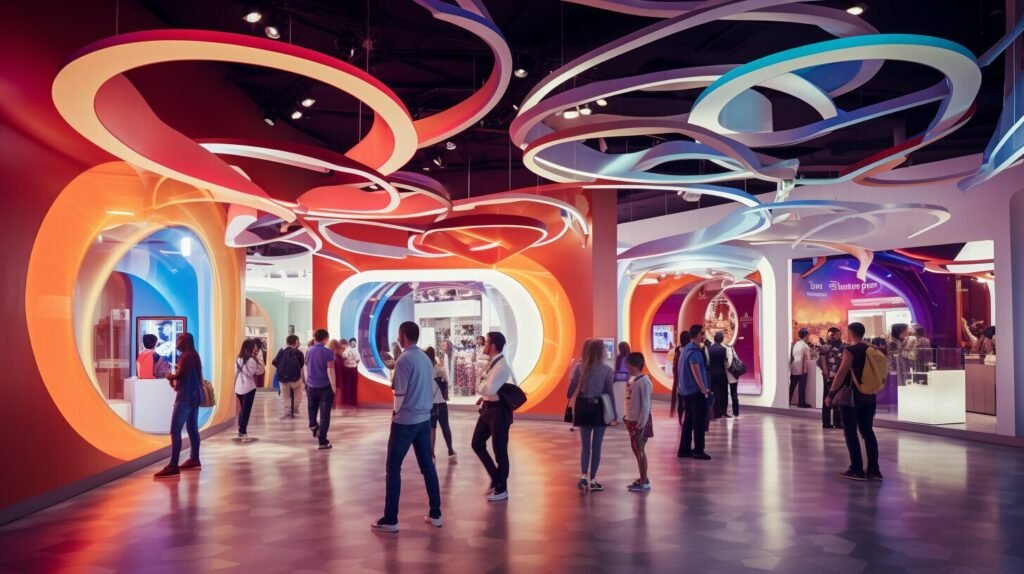
“Experiential marketing provides an opportunity for retailers to create truly personalized experiences for their customers.”
Through experiential marketing, retailers can tailor their activations to the specific needs and interests of their target audience, creating a more personalized experience. By creating a more personalized experience, retailers can generate a sense of exclusivity, making customers feel valued and appreciated.
As a result, customers are more likely to engage with the brand, share their experiences on social media, and become loyal customers in the long run.
Planning Successful Retail Activations
The success of retail activations relies heavily on strategic planning. To ensure a successful activation, it is crucial to set clear goals, identify the target demographics, and select an appropriate venue.
Setting Clear Goals
Before planning a retail activation, it’s essential to set clear goals. Determine what you want to achieve; is it to increase brand awareness or to promote a new product? Setting goals will help in determining the type of activation that will align with the brand’s overall marketing objectives.
Identifying Target Demographics
Knowing your target audience is essential in planning a successful retail activation. Consider demographics such as age, gender, and lifestyle. Ensure that the activation strategy aligns with the target audience’s interests and preferences.
Choosing an Appropriate Venue
The venue plays a significant role in the success of a retail activation. It should be easily accessible, visible, and in a location that aligns with the target audience’s interests. Consider selecting a space that provides creative freedom and is flexible enough to accommodate the chosen activation strategy.
The Essential Elements of Successful Retail Promotional Events
When planning a retail promotional event, there are essential elements that must be considered. These include the activation’s theme, promotional materials, experiential elements, and the marketing strategy. A cohesive activation theme that aligns with the brand’s overall marketing strategy is crucial. Promotional materials such as flyers, brochures, and social media content should effectively communicate the event and its purpose. Experiential elements such as interactive displays and demonstrations will enhance the customer experience and increase engagement. Finally, a well-planned marketing strategy that encompasses both online and offline channels will raise awareness and drive traffic to the event.
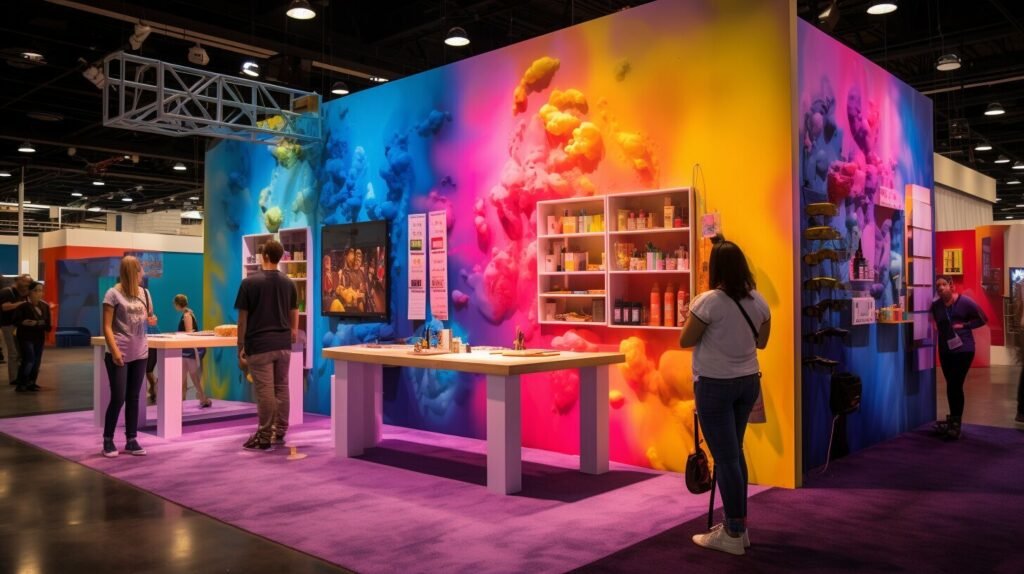
The Role of Effective Brand Activations
Incorporating effective brand activations into a retail promotion event is crucial. A well-executed brand activation will help to attract and retain customers, ultimately driving sales and revenue. These activations should align with the brand’s overall marketing strategy and provide a unique and memorable experience for customers.
Implementing In-Store Activations
In-store activations are a powerful way to create memorable customer experiences and increase engagement with your brand. By implementing interactive displays, product demonstrations, and personalized customer interactions, you can turn your brick-and-mortar store into a destination for shoppers.
In-store activations can take many forms, depending on your brand’s goals and target audience. For example, a beauty brand might offer personalized makeup consultations and tutorials, while a sports retailer might create an interactive experience where customers can test out equipment or try their hand at a virtual reality game.
One example of a successful in-store activation is Nike’s “House of Innovation” in New York City. This flagship store features cutting-edge technology that allows customers to customize their own sneakers, as well as interactive displays that showcase the brand’s history and innovation.
When planning in-store activations, it’s essential to choose the right location and time. Consider factors such as foot traffic, demographics, and seasonality when deciding where and when to execute your activations. Additionally, it’s important to train your staff to provide excellent customer service and ensure that all activations align with your brand’s overall marketing strategy.
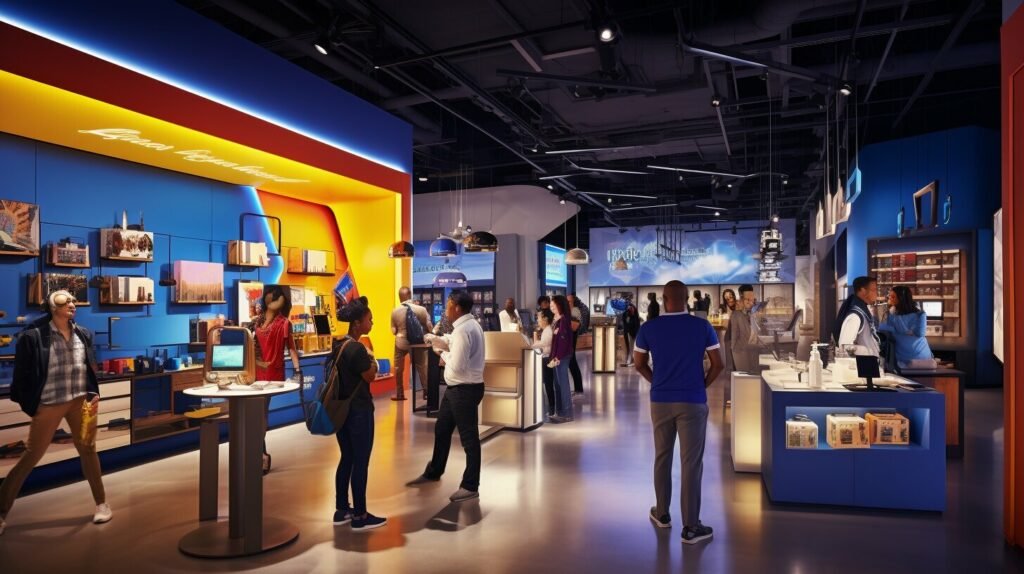
Image source: https://seowriting.ai/32_6.png
Leveraging Events as Retail Activations
Events have proven to be an effective strategy for retail activations, generating excitement and buzz around a brand or product. Different types of retail event activations include pop-up stores, product launches, and collaborative brand experiences. By creating a unique event experience, brands can increase customer engagement and build brand loyalty.
For example, Adidas launched “Run for the Oceans,” a global initiative aimed at raising awareness about marine plastic pollution. This activation featured a series of local 5K runs, accompanied by in-store experiences, such as virtual reality (VR) ocean runs and interactive displays that educated customers about the plastic waste issue. The event was highly successful, as it not only raised awareness but also generated sales for Adidas.
In-store experiences can also be leveraged as part of retail event activations. Brands can create interactive displays that allow customers to engage with products in unique ways. For instance, Samsung created an augmented reality (AR) experience in its partnership with Harrods Department Store. The activation allowed customers to virtually interact with Samsung products, creating an immersive in-store experience.
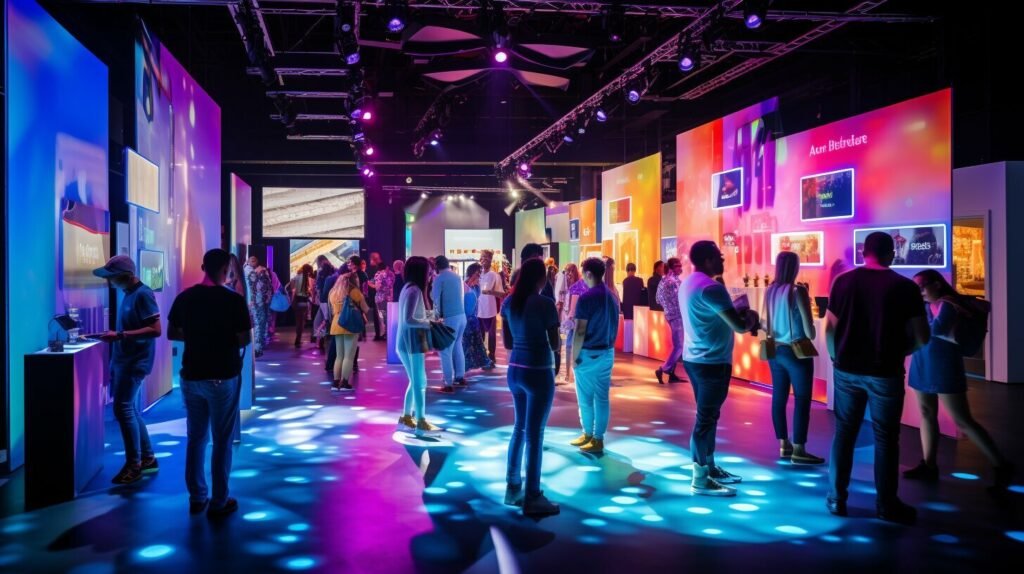
Collaborative brand experiences are another increasingly popular form of retail event activations. Brands can partner with other brands or artists to create unique, limited-time retail experiences. For example, the collaboration between Nike and Virgil Abloh’s Off-White resulted in a hugely successful pop-up store that showcased the latest Nike products in a unique, Off-White-inspired environment.
Overall, events are a powerful tool for creating a memorable brand experience. Brands that successfully leverage events as retail activations can drive customer engagement, increase brand awareness, and ultimately boost sales.
Engaging Customers through Interactive Retail Activations
Interactivity is a key element of successful retail activations. By engaging customers in immersive experiences, brands can create lasting impressions and foster customer loyalty. There are various ways to incorporate interactivity into retail activations, from augmented reality to virtual reality and gamification.
Augmented reality (AR) allows brands to overlay digital content onto the physical world, creating interactive experiences for customers. For example, a furniture store could use AR to allow customers to visualize how a particular piece of furniture would look in their homes, enhancing the shopping experience.
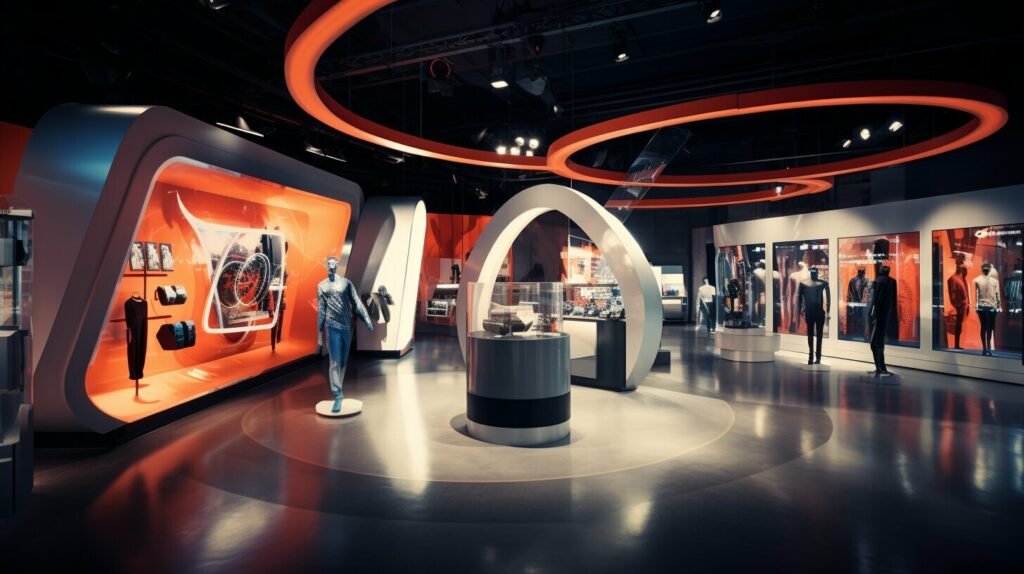
Virtual reality (VR) takes interactivity to the next level by immersing customers in simulated environments. This technology is particularly effective for creating product demonstrations or showcasing brand values in an engaging and memorable way.
“Interactive experiences like VR have the potential to transform the way customers interact with brands, leading to increased engagement and loyalty.”
Gamification is another popular technique for engaging customers through retail activations. By creating games or challenges related to the brand or product, brands can encourage customer participation and increase brand awareness. These interactive experiences can take place in-store or online, creating opportunities for customers to interact with the brand beyond the point of sale.
Effective in-store activations often rely on creating an immersive environment that engages customers through interactive experiences. By incorporating various forms of interactivity into retail activations, brands can create unique and memorable experiences that differentiate them from their competitors.
Measuring the Success of Retail Activations
Measuring the effectiveness of retail activations is essential to determine their impact on brand awareness and customer engagement. Here are some key performance indicators to consider:
| Metrics | Description |
|---|---|
| Foot Traffic | The number of people who visit the store or event during the activation period. |
| Sales Conversion Rates | The percentage of visitors who make purchases during or after the activation period. |
| Customer Feedback | The qualitative feedback provided by customers about the event or experience. |
| Social Media Engagement | The number of likes, shares, comments, and overall engagement on social media platforms related to the activation. |
Measuring these KPIs can help identify any areas of improvement for future activations and tailor marketing strategies accordingly. Additionally, data analytics can provide valuable insights and help optimize retail marketing strategies based on the data collected.
For example, analyzing foot traffic can help retailers determine the most effective promotion channels and avenues for reaching target demographics. Customer feedback can provide valuable insights into consumer preferences, while social media engagement can indicate the effectiveness of marketing efforts and the overall customer experience.
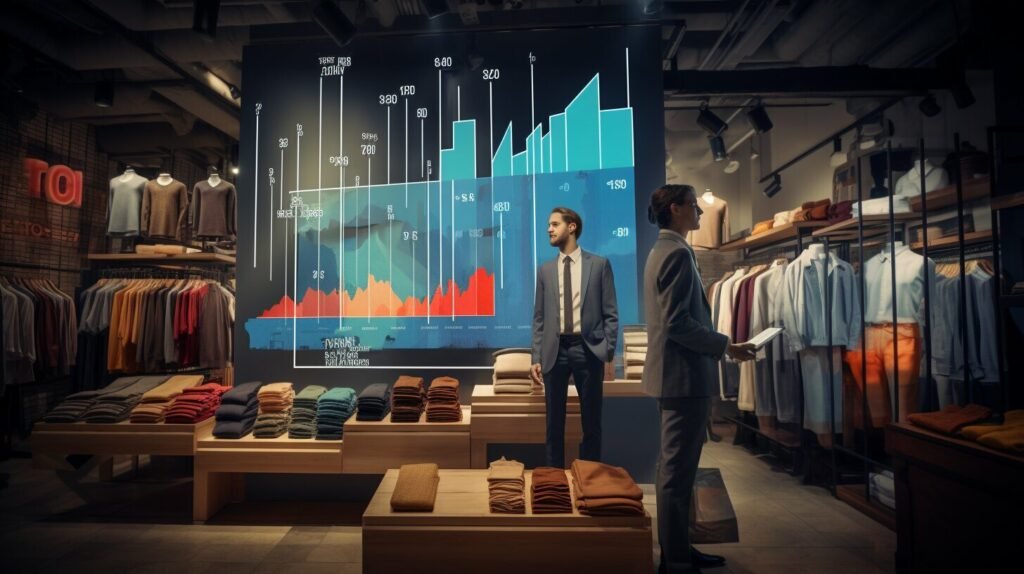
By measuring the success of retail activations, retailers can ensure that they are investing resources in the most effective marketing strategies and creating meaningful customer experiences.
Case Studies: Successful Retail Activations
Effective retail activations can drive significant business outcomes and enhance brand perception. Let’s take a look at some successful case studies to showcase the impact of retail activations in achieving marketing success.
Case Study 1: Nike’s “House of Innovation”
Nike’s “House of Innovation” is a prime example of an innovative retail activation that creates a memorable customer experience. Located in New York, this six-story flagship store features interactive technology experiences, such as a Nike Sneaker Bar where customers can design and customize their shoes, a T-Shirt shop where they can create personalized T-Shirts, and a basketball court where professional athletes hold training sessions.
The “House of Innovation” successfully integrates interactive technology with a captivating in-store experience to generate excitement around Nike’s brand and products. The store’s focus on personalization and technology-driven experiences creates lasting brand engagement and loyalty.
Case Study 2: Cadillac’s “Book by Cadillac” Subscription Service
Cadillac’s “Book by Cadillac” subscription service is an innovative retail activation that provides consumers with a personalized luxury car experience. The subscription service allows customers to drive different Cadillac vehicles without purchasing or leasing them, making driving a Cadillac a seamless and hassle-free experience.
This retail activation showcases Cadillac’s commitment to delivering a premium customer experience while appealing to a younger, tech-savvy audience. The “Book by Cadillac” subscription service successfully positions Cadillac as a lifestyle brand that values customer satisfaction and convenience.
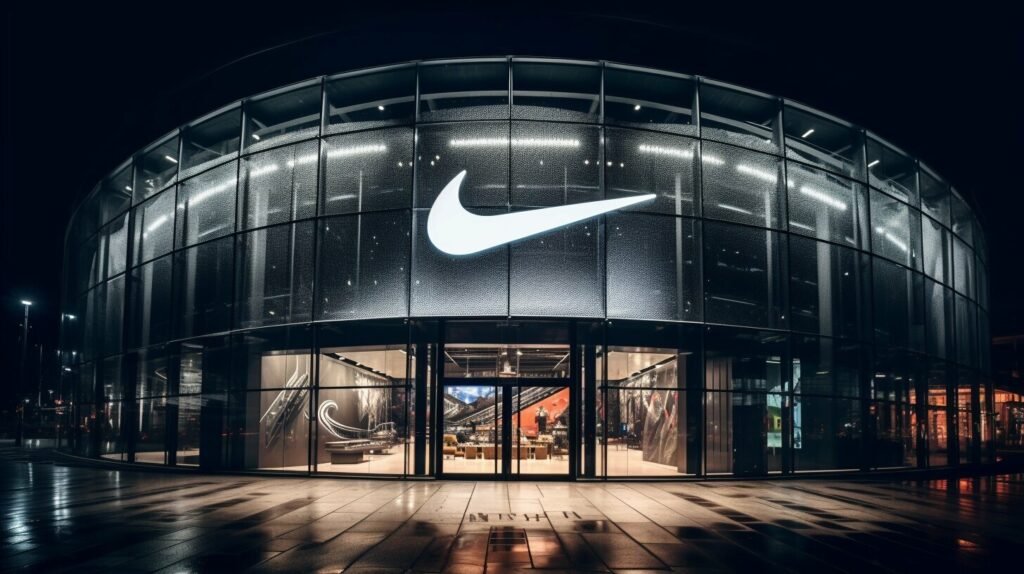
Case Study 3: Sephora’s Beauty Insider Community
Sephora’s Beauty Insider Community is a virtual retail activation that offers customers an engaging and educational experience. The online community allows beauty enthusiasts to share their experiences, ask questions, and connect with other members. Sephora leverages the community to gather customer insights and feedback on their products and services.
The Beauty Insider Community is a prime example of how retail activations can build brand loyalty and create a sense of community among customers. By providing a platform for customers to engage with each other and with Sephora, the company has successfully strengthened its brand identity as a customer-centric, innovative retailer.
Best Practices for Retail Activations
Executing successful retail activations requires careful planning and attention to detail. Below are some essential best practices to follow:
| Best Practice | Explanation |
|---|---|
| Define clear goals | Setting specific and measurable goals for your retail activations will help you track success and optimize future strategies. Relevant KPIs include foot traffic, sales conversion rates, customer feedback, and social media engagement. |
| Understand your audience | Identifying your target demographics and creating experiences that resonate with them is crucial to attracting and retaining customers. |
| Be authentic | Avoid generic or impersonal experiences. Focus on creating memorable and unique experiences that align with your brand values and identity. |
| Integrate with overall marketing strategy | Ensure that your retail activations are aligned with your brand’s overall marketing strategy and messaging. This will help create a cohesive brand experience for customers. |
By following these best practices, you can maximize your retail activations’ impact and ensure that they contribute to your business’s growth and success.
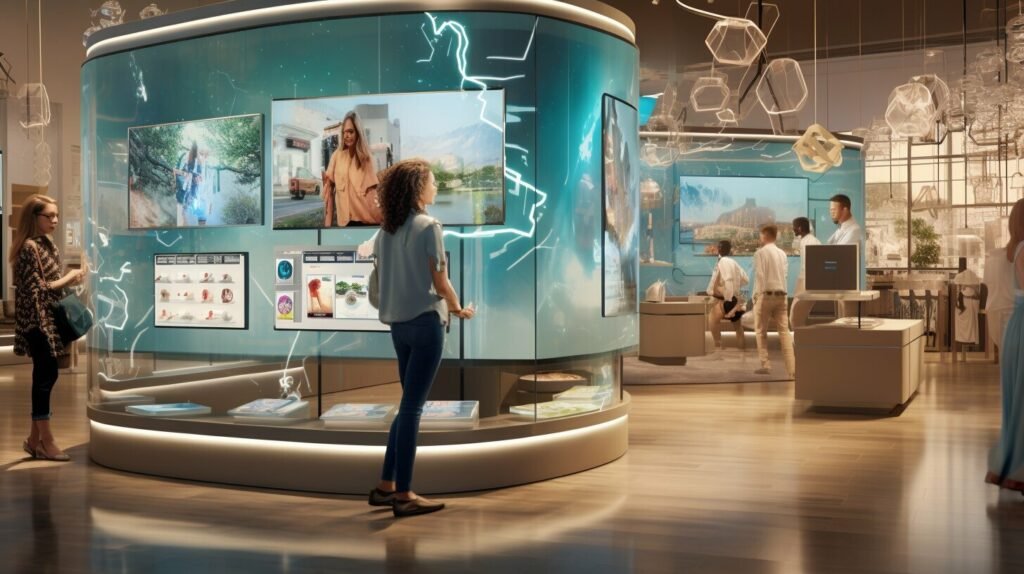
Future Trends in Retail Activations
As the retail industry continues to evolve, so do the strategies and technologies used for retail activations. Keeping up with the latest trends is essential to creating successful retail campaigns that engage customers and increase brand visibility. Here are some emerging trends to watch:
Personalized Experiences
Personalization has become a key trend in retail activations, allowing brands to create tailored experiences for individual customers based on their preferences, needs, and behavior. With the help of AI and machine learning, retailers can collect and analyze customer data to deliver hyper-personalized experiences that resonate with each customer. From personalized product recommendations to customized in-store experiences, personalization is set to transform the way retailers engage with customers.
Virtual Reality
Virtual reality (VR) is fast becoming a popular tool for creating immersive retail experiences. Brands are using VR to showcase products, demonstrate features, and create interactive in-store experiences. Virtual reality can transport customers to different locations, offer a 360-degree view of products, and allow them to interact with products in unique ways. As VR technology advances, it’s expected to become an increasingly common feature in retail activations.
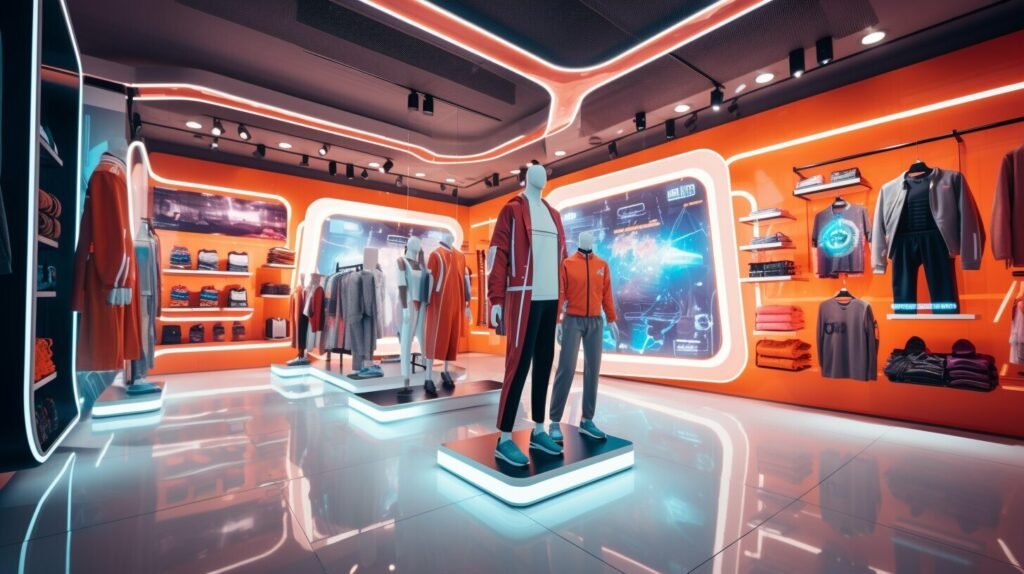
Augmented Reality
Augmented reality (AR) is another technology that’s transforming retail activations. AR allows brands to overlay digital content on the real world, creating interactive experiences that blur the line between physical and digital environments. Retailers can use AR to create virtual try-on experiences, showcase products in real-world settings, and provide customers with additional information about products through digital overlays. As smartphones become more sophisticated, AR is set to become a more commonplace technology in retail activations.
Sustainability
With increasing awareness and concern about the environment, sustainability is becoming a key trend in retail activations. Brands are implementing sustainable practices throughout their supply chain, from sourcing materials to packaging and delivery. Retail activations are also being designed with sustainability in mind, using recycled or biodegradable materials and reducing waste. As consumers become more eco-conscious, sustainability is likely to become a major factor in brand perception and customer loyalty.
Staying up-to-date with these emerging trends can help retailers create successful retail activations that engage customers and drive brand awareness. By leveraging the latest technologies and practices, retailers can create memorable experiences that differentiate their brand in a competitive retail market.
Conclusion
Retail activations are an essential aspect of modern retail marketing, providing an avenue for creating memorable brand experiences and driving customer engagement. As discussed in this article, successful retail activations require careful planning, creativity, and a deep understanding of the target audience’s preferences and habits.
By leveraging innovative techniques such as in-store activations and retail events, brands can establish a strong presence in the competitive retail landscape and differentiate themselves from their competitors. Additionally, by measuring the effectiveness of these activations and tweaking their strategies accordingly, brands can optimize their marketing efforts and generate the desired outcomes.
As the retail industry continues to evolve rapidly, keeping up with emerging trends such as personalized marketing and artificial intelligence will be crucial for brands looking to stay ahead of the curve. By adapting to these changes and continuously innovating, brands can ensure that their retail activations remain relevant and effective in the face of evolving consumer preferences and behaviors.
How Can Retail Activations Help Boost Brand Visibility and Engagement?
Retail activations through brand activation techniques boost visibility and engagement by creating unique and interactive experiences for consumers. These activations help build brand awareness and encourage customer interaction, ultimately leading to increased visibility and stronger engagement with the brand.
FAQ
Q: What are retail activations?
A: Retail activations refer to marketing strategies and events that are designed to enhance a brand’s visibility and engage customers in a retail environment.
Q: How do retail activations differ from traditional marketing approaches?
A: Retail activations focus on creating memorable experiences for customers through experiential marketing strategies, while traditional marketing approaches may rely more on traditional advertising methods.
Q: What is the importance of retail brand activations?
A: Retail brand activations play a crucial role in driving successful retail campaigns by creating excitement and generating buzz around a brand or product.
Q: What factors should be considered when planning retail activations?
A: Planning successful retail activations involves setting clear goals, identifying target demographics, selecting appropriate venues, and incorporating essential elements of successful retail promotional events.
Q: What are in-store activations?
A: In-store activations are strategies implemented within a retail store to enhance the overall customer experience. These may include interactive displays, product demonstrations, and personalized customer interactions.
Q: How can events be leveraged as retail activations?
A: Events such as pop-up stores, product launches, and collaborative brand experiences can be utilized as powerful retail activation strategies to generate excitement and buzz around a brand or product.
Q: Why is interactivity important in retail activations?
A: Interactivity plays a vital role in engaging customers and creating lasting brand impressions. Techniques such as augmented reality, virtual reality, and gamification can be utilized to enhance retail activations.
Q: How can the success of retail activations be measured?
A: The success of retail activations can be measured through key performance indicators (KPIs) such as foot traffic, sales conversion rates, customer feedback, and social media engagement. Data analytics plays a crucial role in optimizing retail marketing strategies based on these insights.
Q: Can you provide examples of successful retail activations?
A: Several brands have successfully implemented retail activations, driving brand awareness and customer engagement. Case studies showcasing these successes demonstrate the versatility of retail activations across different campaigns and industries. These initiatives not only enhance customer experiences but also facilitate meaningful interactions between brands and their target audiences. As companies evolve, integrating innovative brand activation marketing strategies will become essential in staying competitive and relevant. By leveraging insights from successful campaigns, brands can refine their approaches and create more impactful retail activations that resonate with consumers.
Q: What are some best practices for executing successful retail activations?
A: Best practices for successful retail activations include creativity, authenticity, and seamless integration with a brand’s overall marketing strategy. Planning, promoting, and executing retail promotional events are also crucial for maximizing their impact.
Q: What are the future trends in retail activations?
A: Emerging trends in retail activations include advancements in technology, such as artificial intelligence, Internet of Things, and personalized marketing. Staying updated with these trends is essential to maintain a competitive edge in the retail industry.

